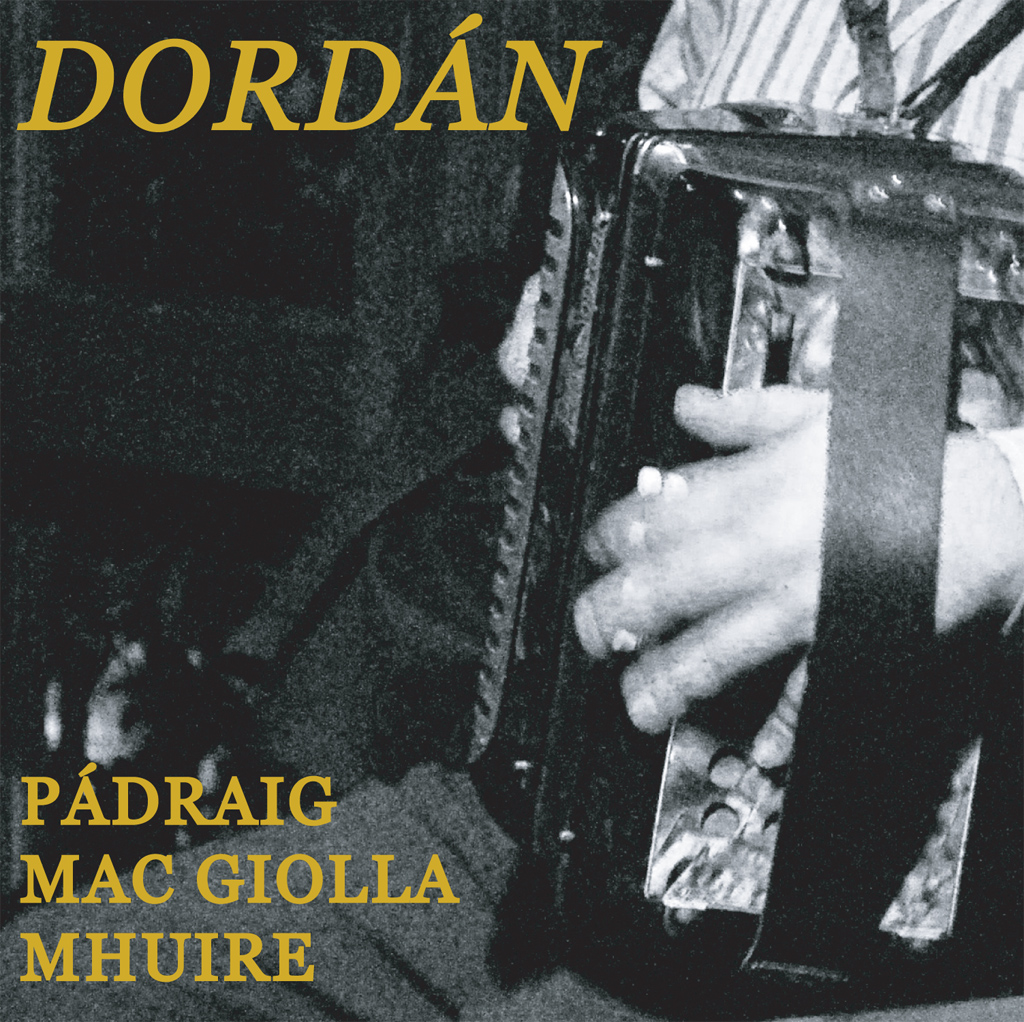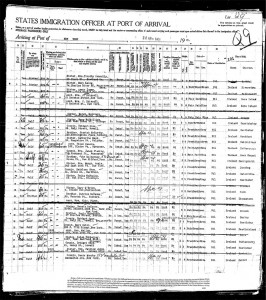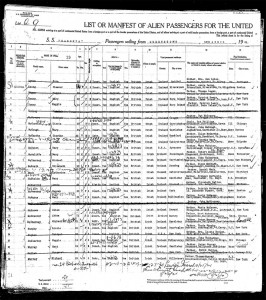Pádraig Mac Giolla Mhuire (Patrick Murray)
In 2009 Irish musicologist Antoinne Ó Murchú was digging through the audio archives of the Irish Folklore Commission when he came across a set of bizarre recordings made in Cork in 1952. The only information noted on the tapes was “Pádraig Mac Giolla Mhuire,” a name completely unknown in Irish traditional music circles. As Ó Murchú listened to the recordings, he immediately recognized that they were a precursor of late 20th-century minimalism. Ó Murchú noted afterwards “I was shocked and immensely excited….layers of grinding drones from the fiddle and accordion with a tin whistle whirling above like some demented Eric Dolphy solo…..to think that the roots of minimalism could lie in Irish outsider culture…”
Ó Murchú immediately began researching the provenance of the tapes. From 1935 to 1971 the Irish Folklore Commission (Coimisiún Béaloideasa Éireann) sent recording units around Ireland to document speech and music. Notable collectors included Séamus Ennis, Alan Lomax and Robyn Roberts. Ó Murchú discovered that the Commission recorded Pádraig playing with friends Dáithí Ó Cinnéide and Eamon Breathnach sometime during autumn 1952. The results were considered too eccentric for broadcast and the tapes languished in the archive of the Commission until they were discovered by Ó Murchú over half a century later. Further research unearthed the immigration records of Pádraig’s parents, Maggie Leary and Michael Murray (lines 5 and 30 in the ship’s manifest shown here). Both from Cork, Maggie and Michael immigrated to New York in 1921. They were married in New York in 1923, and the following year Maggie gave birth to their first and only child Pádraig. After Michael’s death from tuberculosis in 1950, Maggie and Pádraig returned to Ireland, living in Cork until they passed away in 1978 and 1992 respectively.
Michael was a gifted folk musician, his primary instrument being the uileann pipes, an instrument which he taught his son to play. Michael’s death affected Pádraig very deeply, and he never played the pipes after the passing of his father. The structure of the pipes seemed to be in his blood, however, most significantly the instrument’s focus on fixed drones.
Upon Pádraig’s return to Cork in 1950 he began playing with local musicians, developing a style of playing he titled “dordán” after the Irish word for drones, Ó Cinnéide, one of Pádraig’s musical collaborators from this time, has described how “he was a soft, kind lad with a strange ear…he wanted to get rid of everything except for the held notes of the pipes…no tunes, no chanter, just the drones…truth to tell, it was a very quare sound…”
DORDÁN: Pádraig Mac Giolla Mhuire will be released by Radio Telefís Éireann on CD in 2015. RTÉ have supplied the printer’s proof of the CD cover and excerpts from several different tracks.



